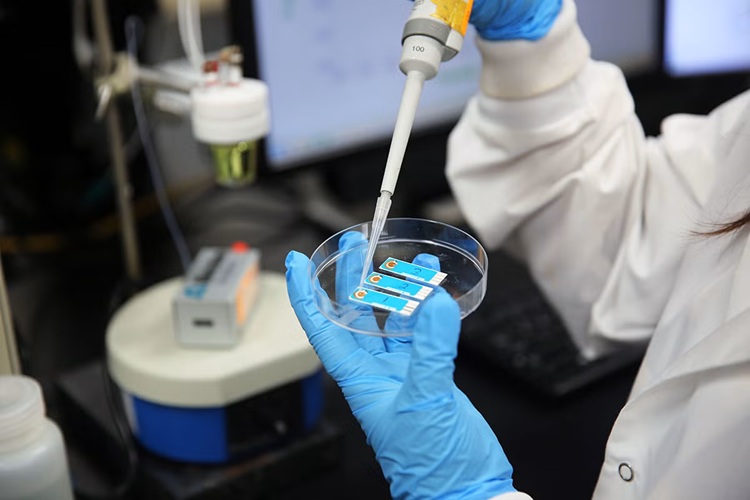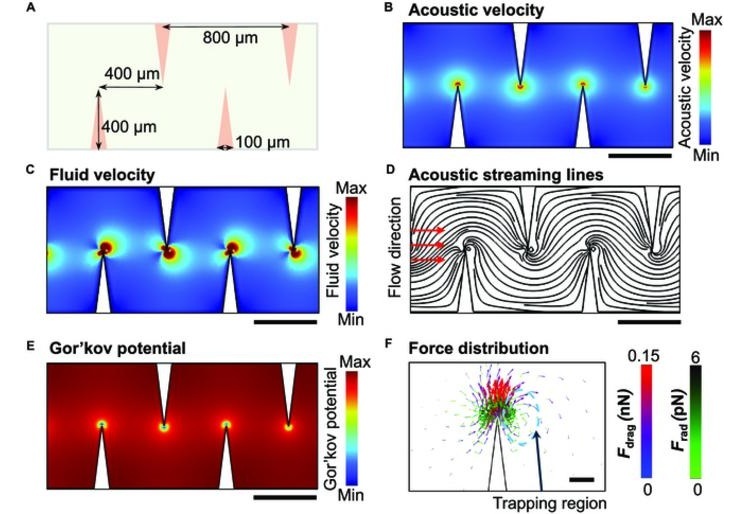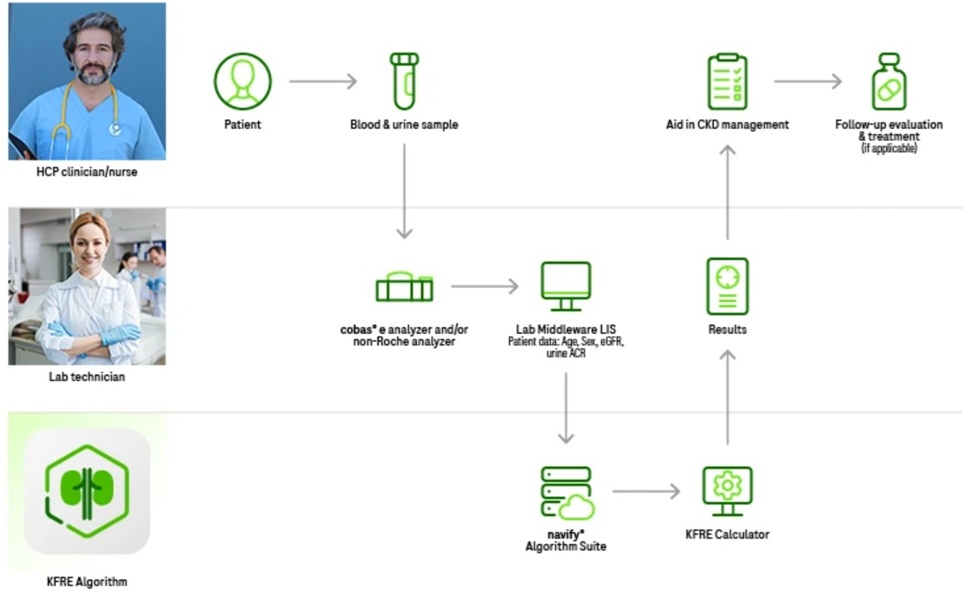Assay Developed for Patient-Specific Monitoring and Treatment for Ovarian Cancer
By LabMedica International staff writers
Posted on 02 Dec 2021
Tumors can influence peripheral immune macroenvironment, thereby creating opportunities for non-invasive serum/plasma immunobiomarkers for immunostratification and immunotherapy designing.Posted on 02 Dec 2021
Around 870 cases of ovarian cancer (OV) are reported in Belgium every year and 600,000 worldwide. Most of these patients are treated with surgical interventions and/or chemotherapy. Molecule-specific therapy or immunotherapy are some of the latest approaches that have been investigated recently for ovarian cancer treatment, but with no major breakthroughs in overcoming this challenging disease.

Image: Procartaplex Immunoassays Kits are based on the principles of a sandwich ELISA, using two highly specific antibodies binding to different epitopes of one protein to quantitate all protein targets simultaneously (Photo courtesy of Thermo Fisher Scientific)
An international team of clinical scientists led by those at the Katholieke Universiteit Leuven (Leuven, Belgium) used a data-driven in silico framework, integrating existing tumor/blood bulk-RNAseq or single-cell (sc)RNAseq datasets of patients with cancer, to inform the design of an innovative serum-screening modality, that is, serum-functional immunodynamic status (sFIS) assay. Next, they pursued proof-of-concept analyses via multiparametric serum profiling of patients with OV with sFIS assay combined with Luminex cytokines/soluble immune checkpoints (Luminex Corp, Austin, TX, USA), CA125-antigen detection, and whole-blood immune cell counts.
Customized Procartaplex Immunoassays Kits (Life Technologies, Merelbeke, Belgium) were used to determine IL10, IFNα, IL12p70, LAG3, IL6, IDO1, PGF, Arginase, PD-L1, IFNγ, PD1, CXCL10, CCL2, CCL11, CCL22, VEGF-A, TIM3, CCL5, MMP9, and LAP/TGFβ. The sFIS assay’s ability to determine survival benefit or malignancy risk was validated in a discovery (n=32) and/or validation (n=699) patient cohorts. The sFIS assay was standardized and absorbance was examined at an optical density of 655 nm, 4–8 hours after Quanti-Blue addition by microplate reader (Biotek, Winooski, VT, USA).
The investigators reported that multiparametric serum profiling of patients with OV established that sFIS assay can: decode peripheral immunology by indicating higher enrichment of serum-induced (si)-NFκB over si-interferon/interferon-stimulated genes (si-IFN/ISG) responses; estimate survival trends (si-NFκB or si-IFN/ISG responses associating with negative or positive prognosis, respectively; and coestimate malignancy risk relative to benign/borderline ovarian lesions. Biologically, they documented dominance of pro-tumorigenic, myeloid si-NFκB responseHIGHsi-IFN/ISG responseLOW inflammation in periphery of patients with OV.
Abhishek D. Garg, MBBS, MD, DNB, a professor and a lead author of the study said, “Our team wanted to capture the real rhythms or fluctuations of treatment or survival-relevant pathways, and hence we went in search of personalized, dynamic biomarkers that determine patients' chances of survival. The sFIS assay strategy has been applied for the first time with ovarian cancer, but will also be tested in other types of cancer.”
The authors concluded that their sFIS assay may facilitate personalized patient monitoring, immunostratification and immunotherapeutic decision-making. The differential si-NFκB or si-IFN/ISG response can shed light on how the peripheral immune responses are regulated or dysregulated. The study serves as a proof of concept for further clinical development of peripheral immunodynamic biomarkers. The study was published on November 18, 2021 in the Journal for ImmunoTherapy of Cancer.
Related Links:
KU Leuven
Luminex Corp
Life Technologies
Biotek














